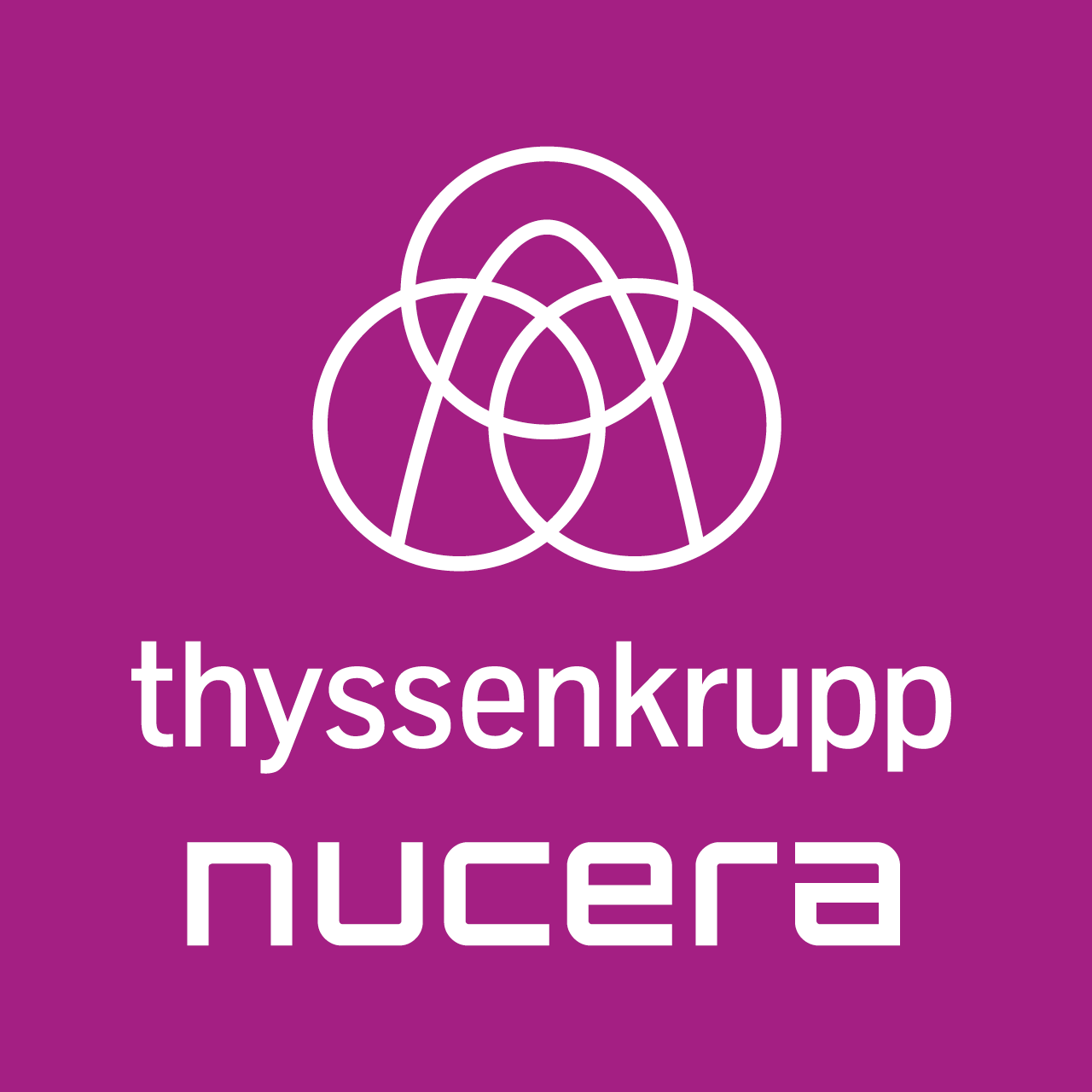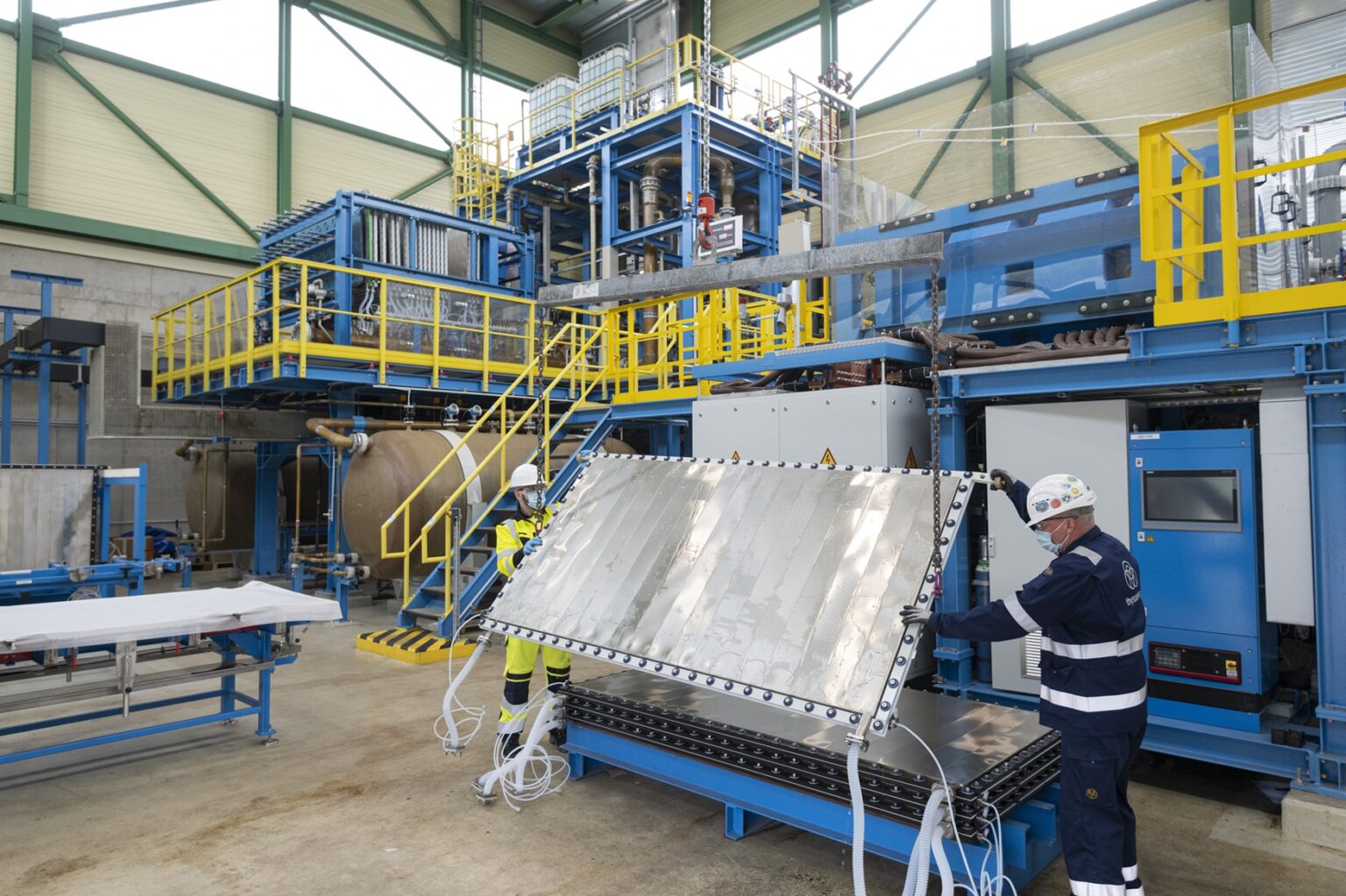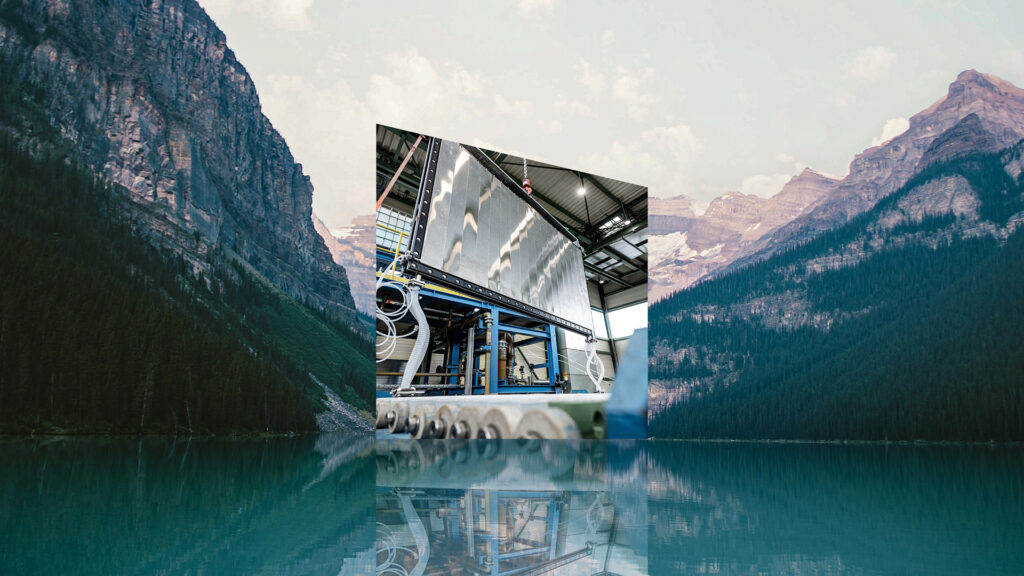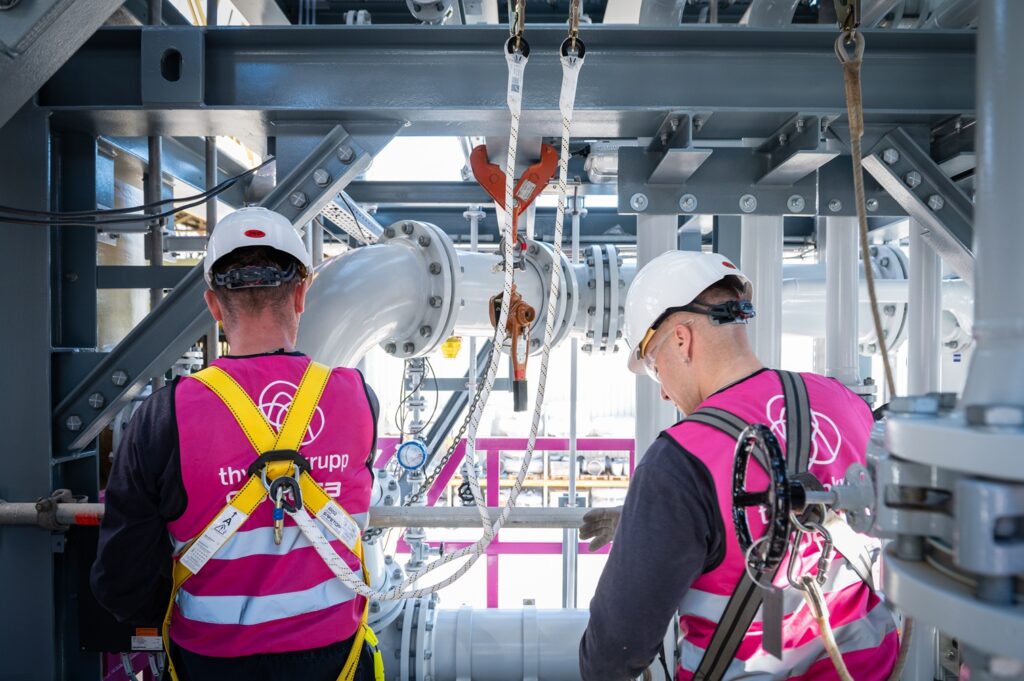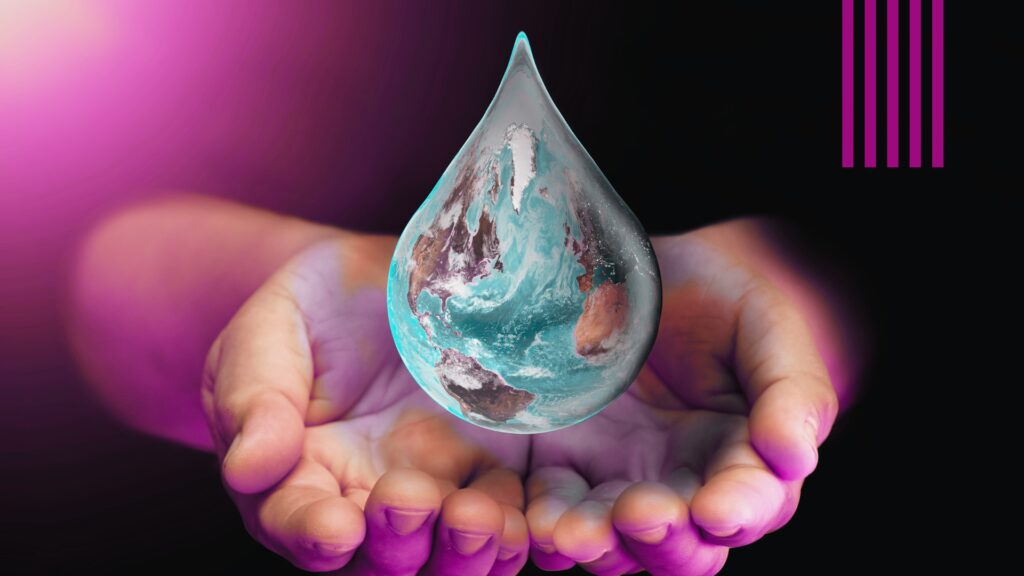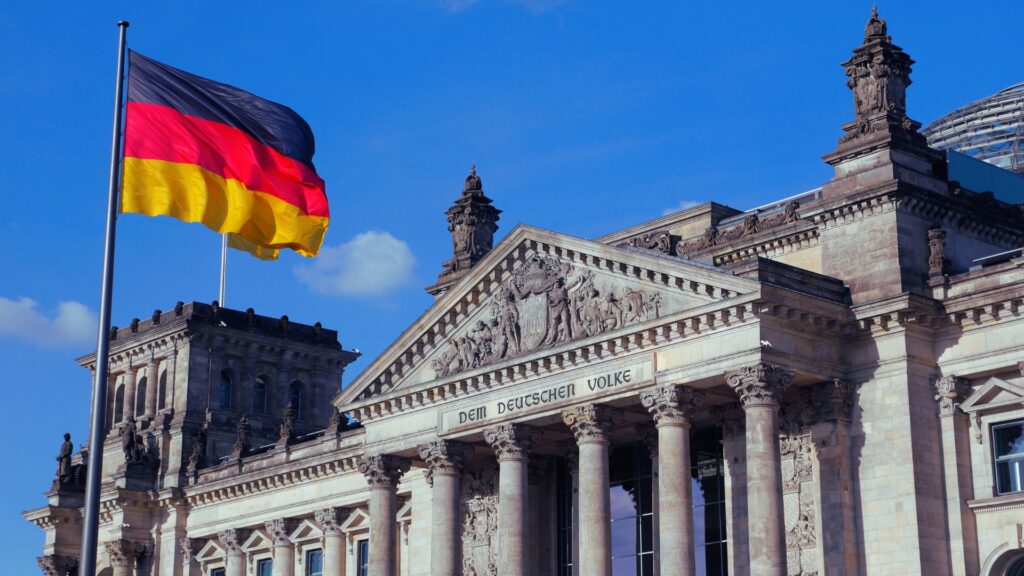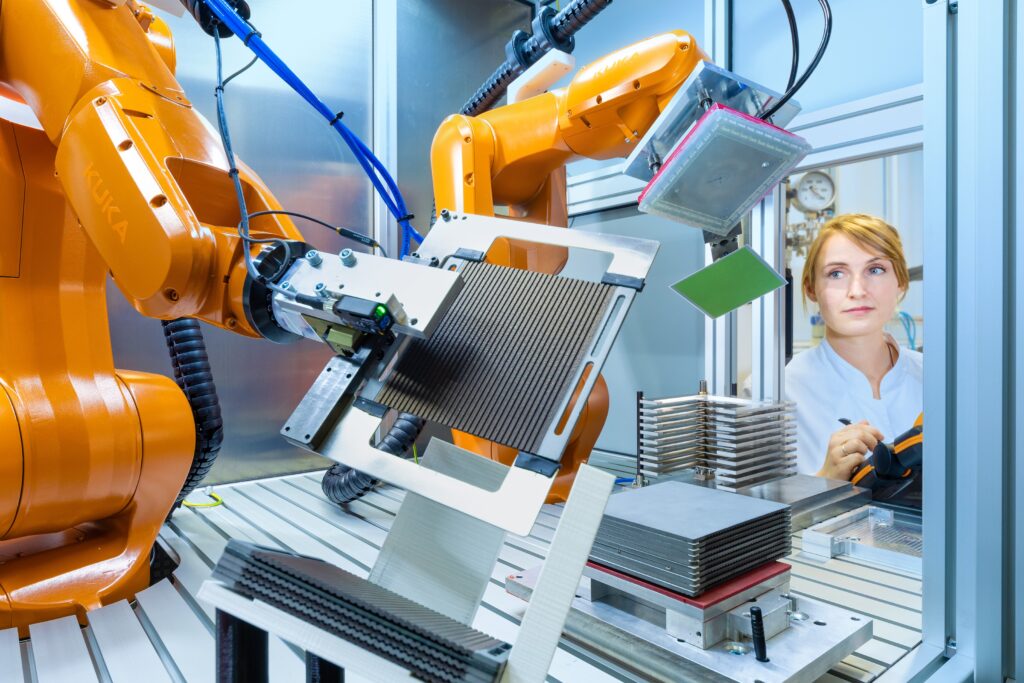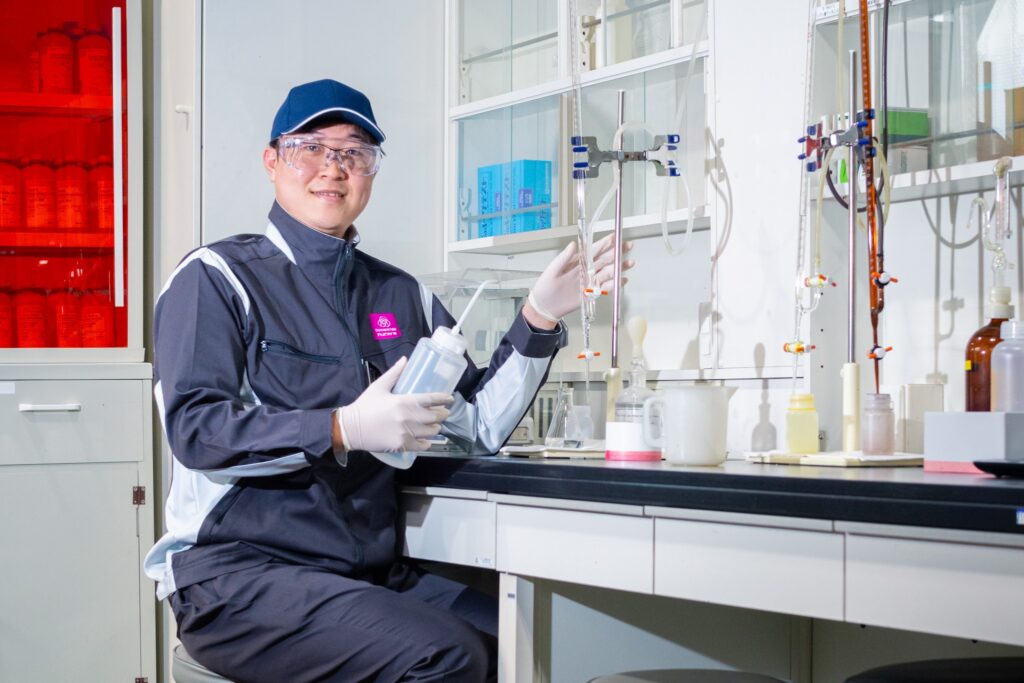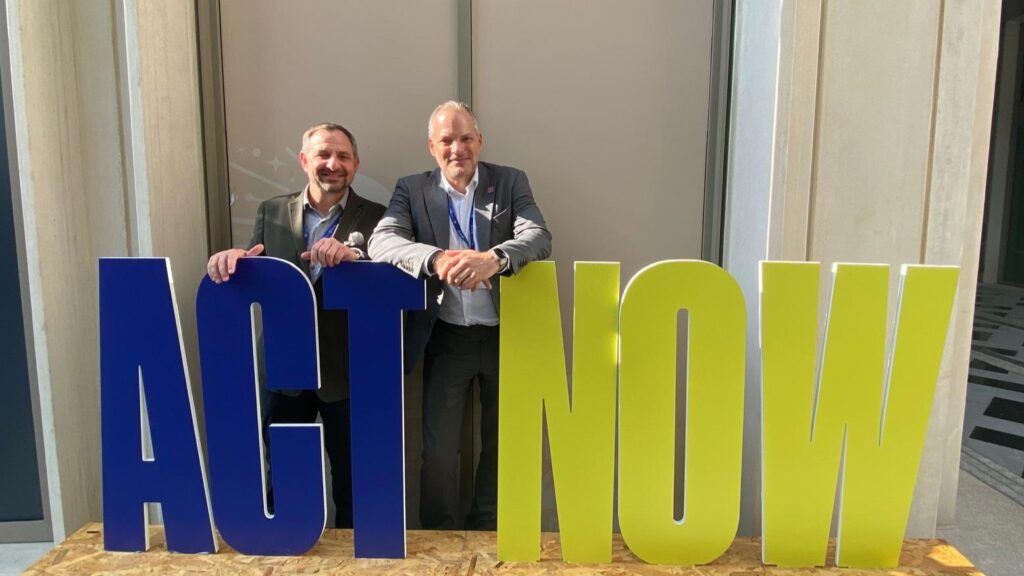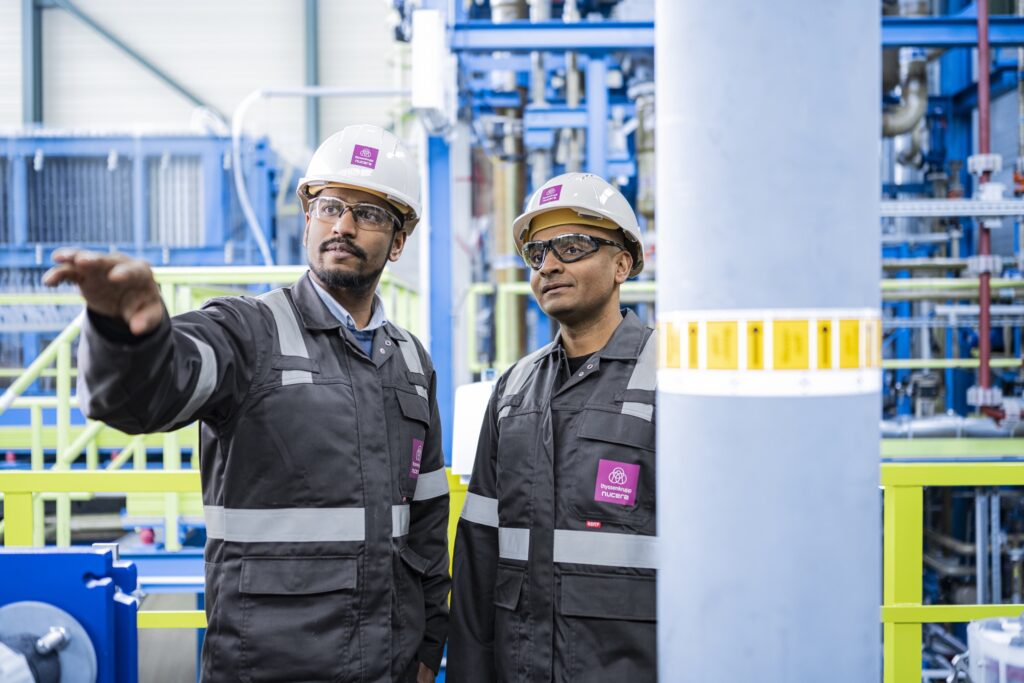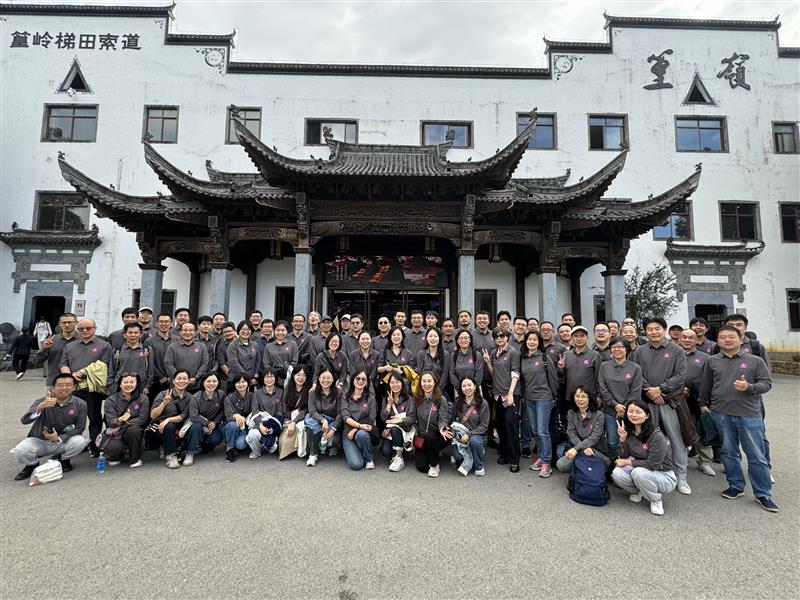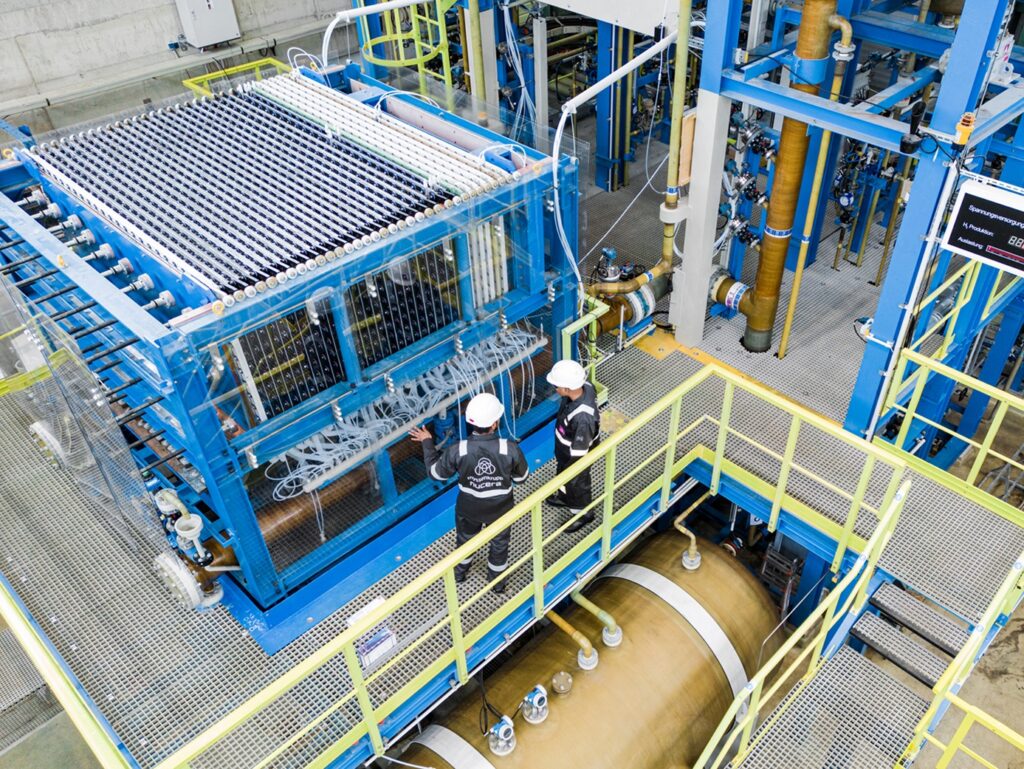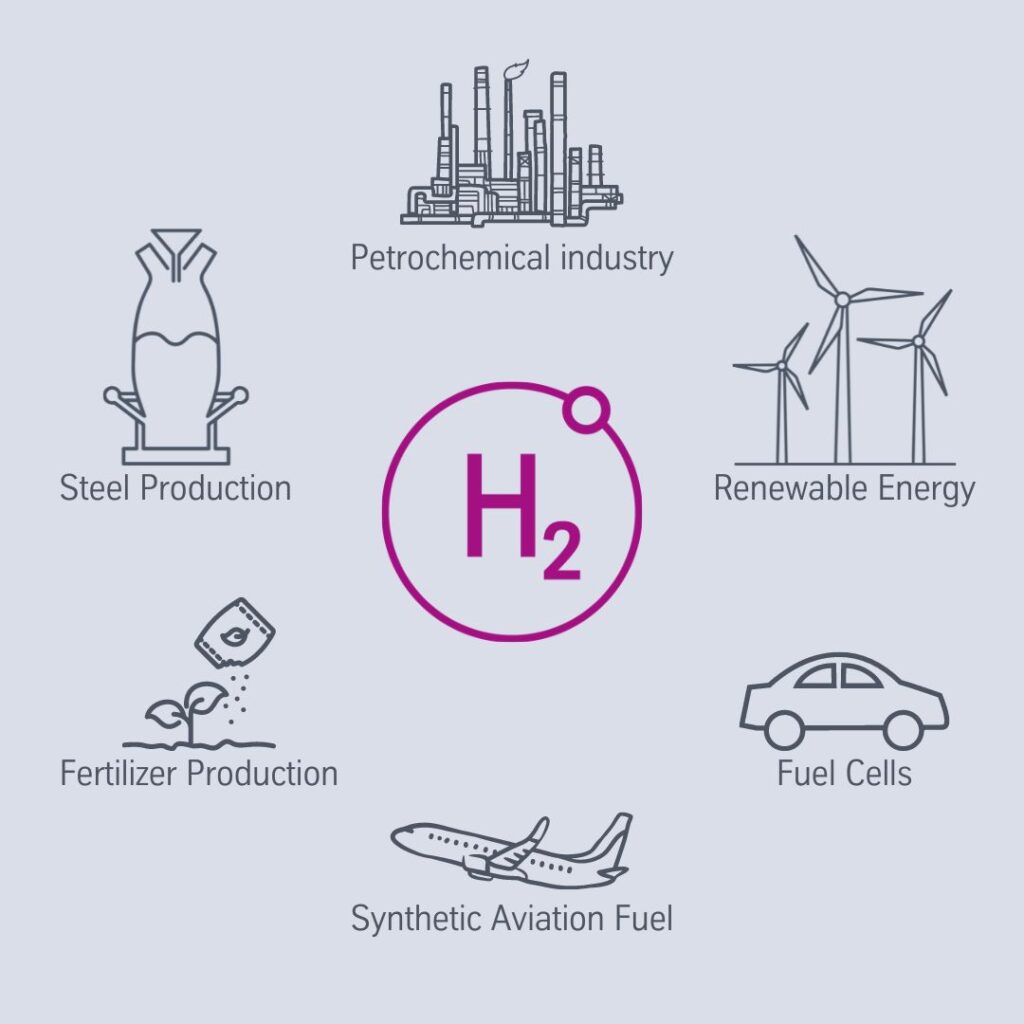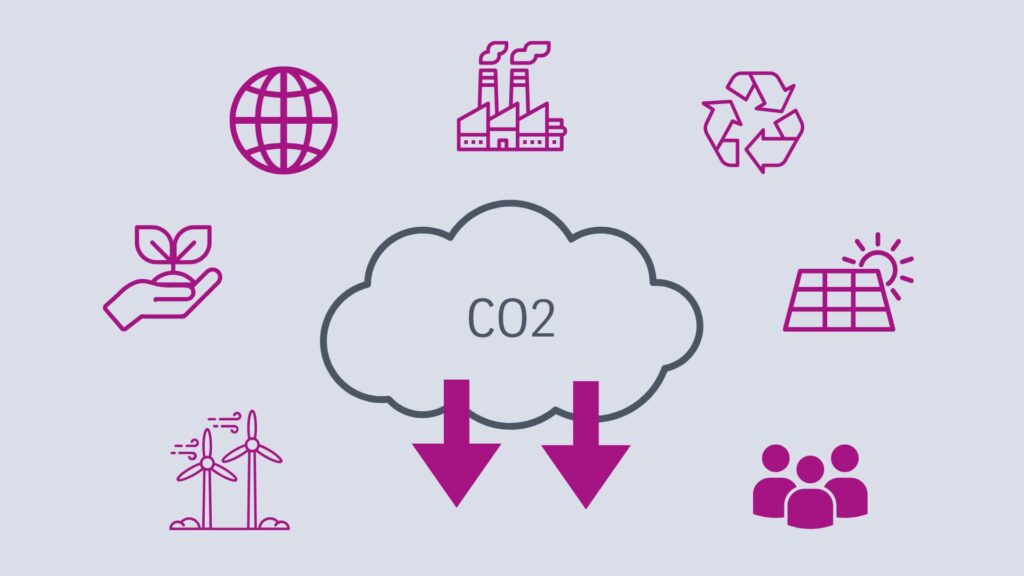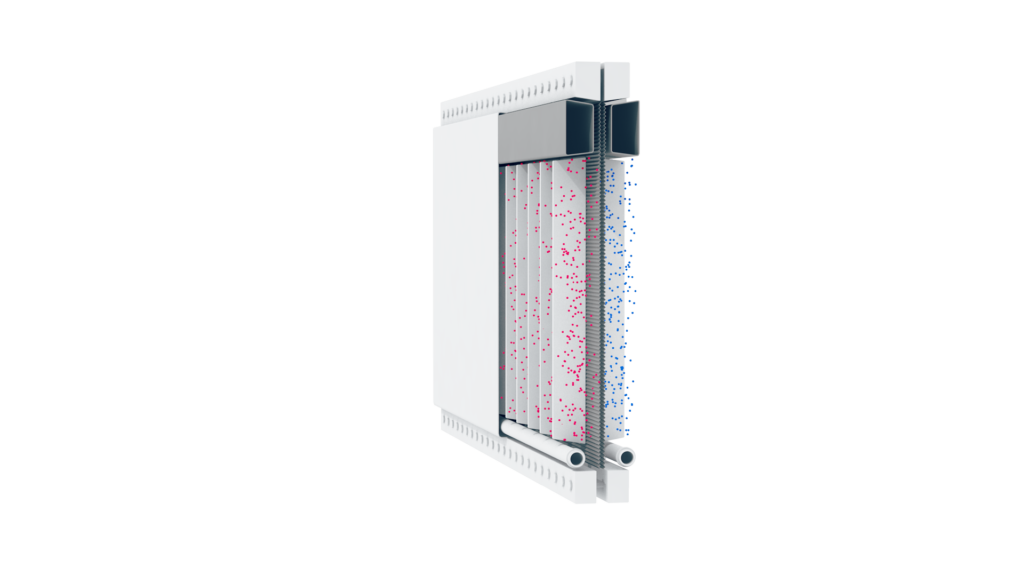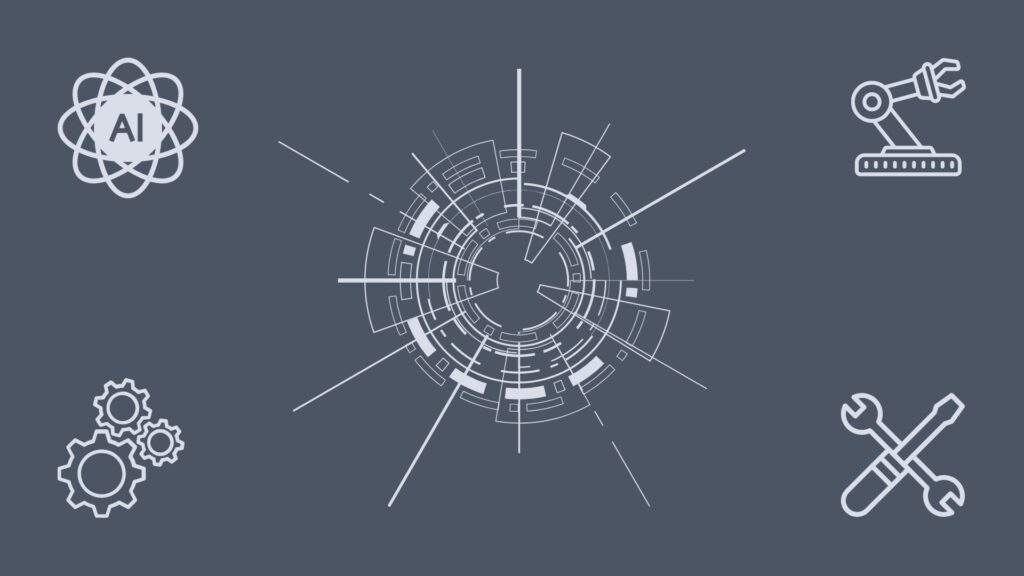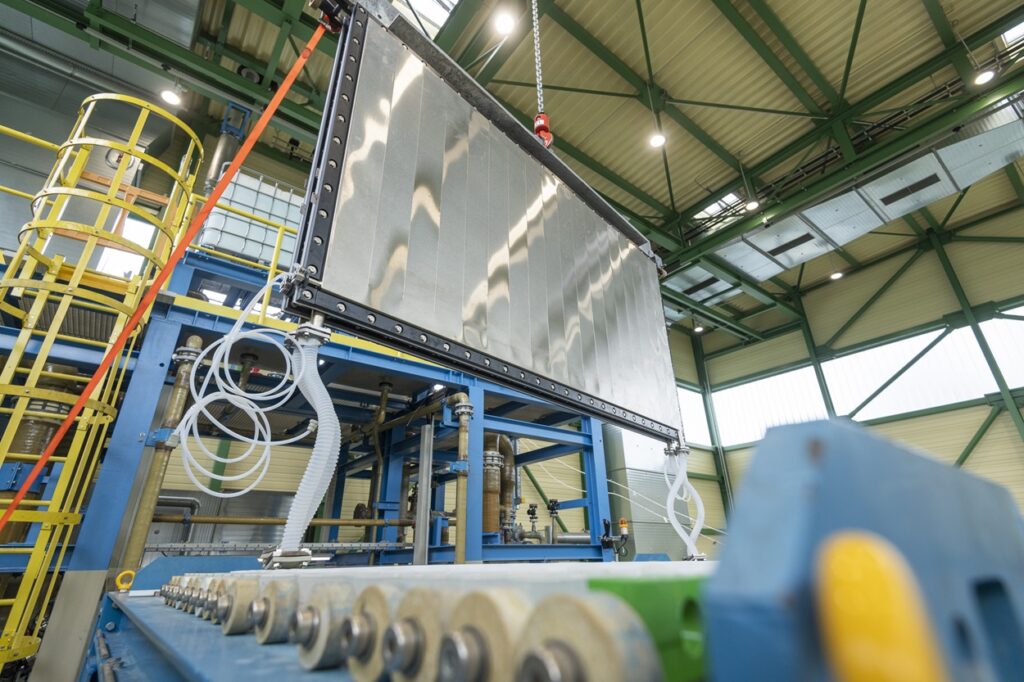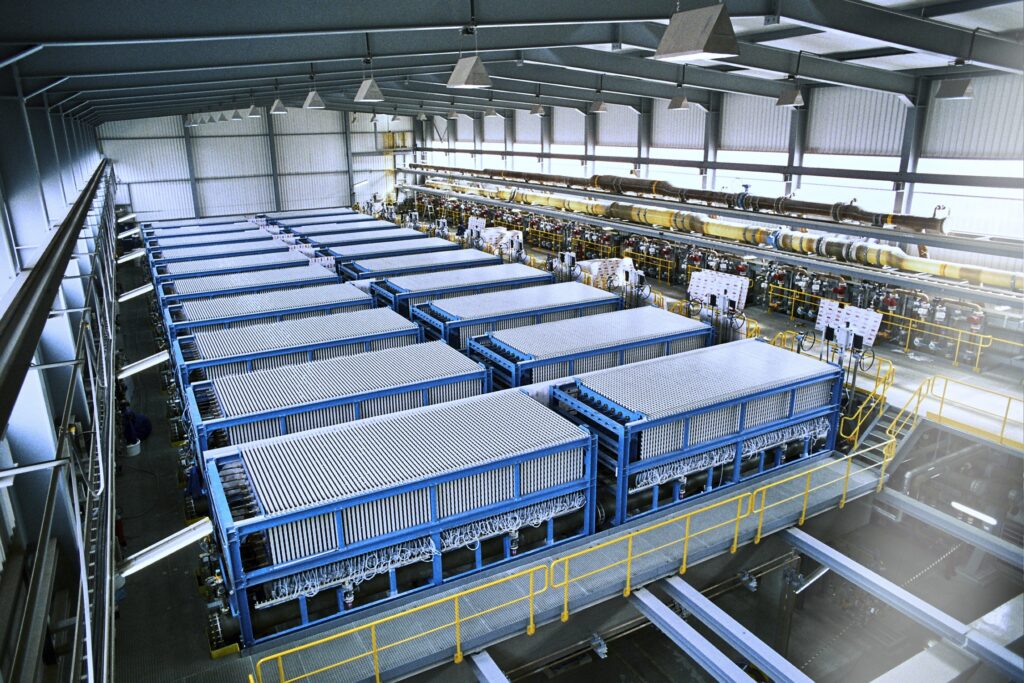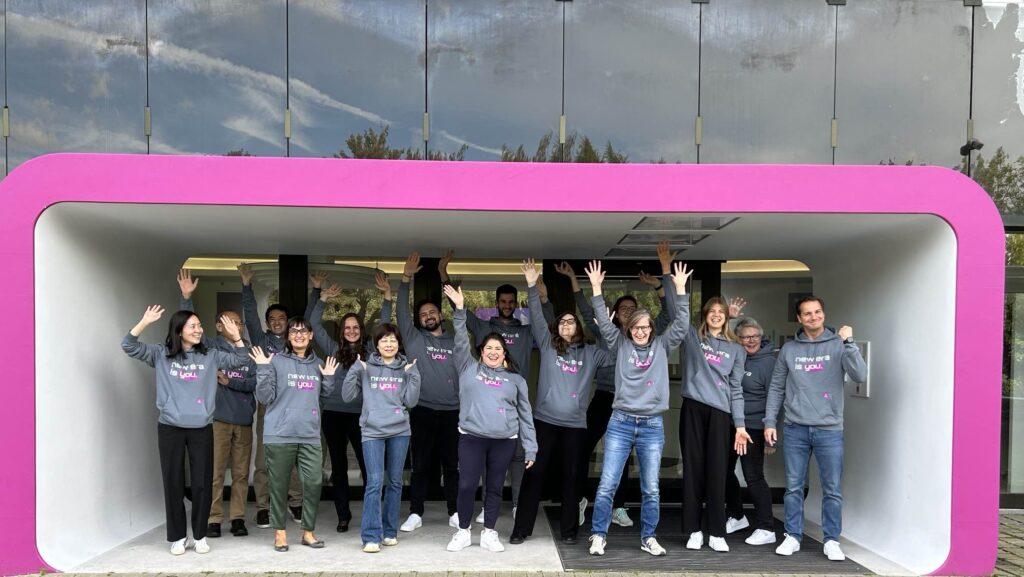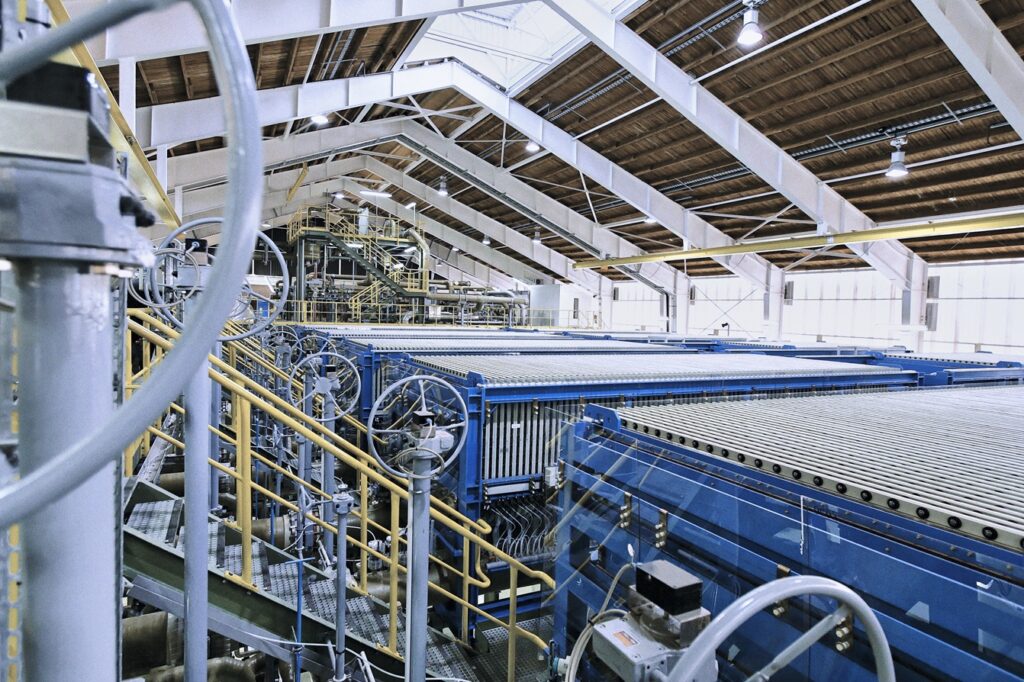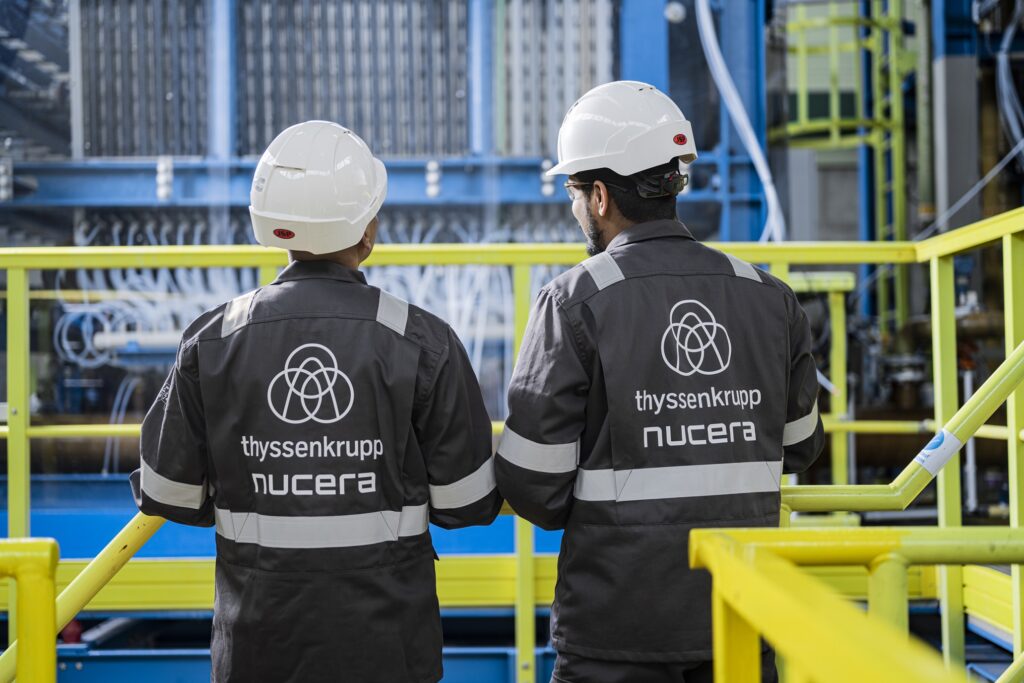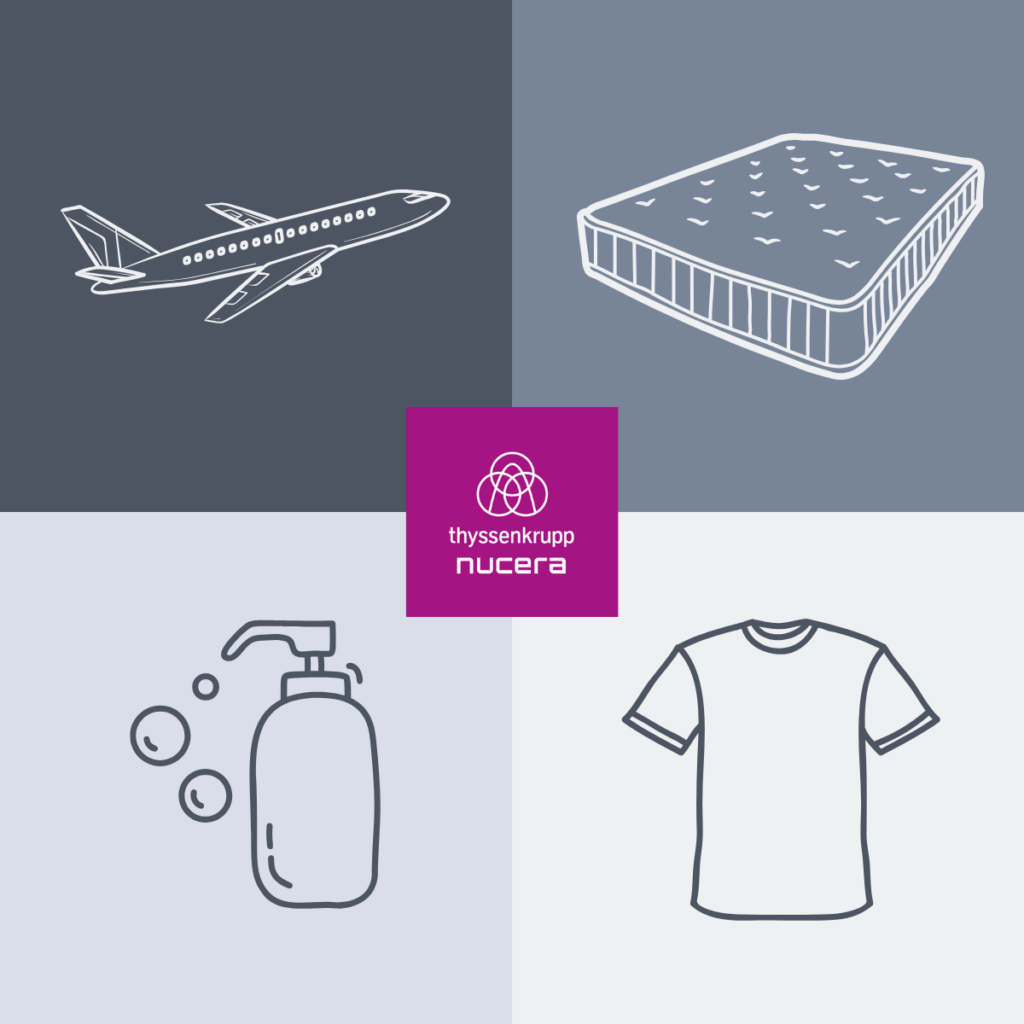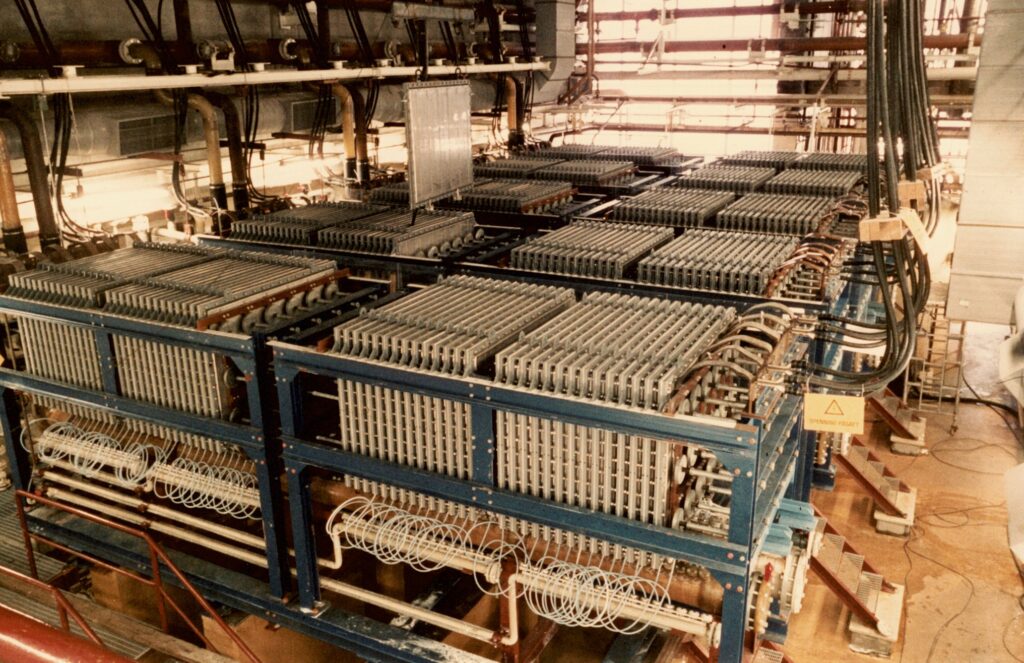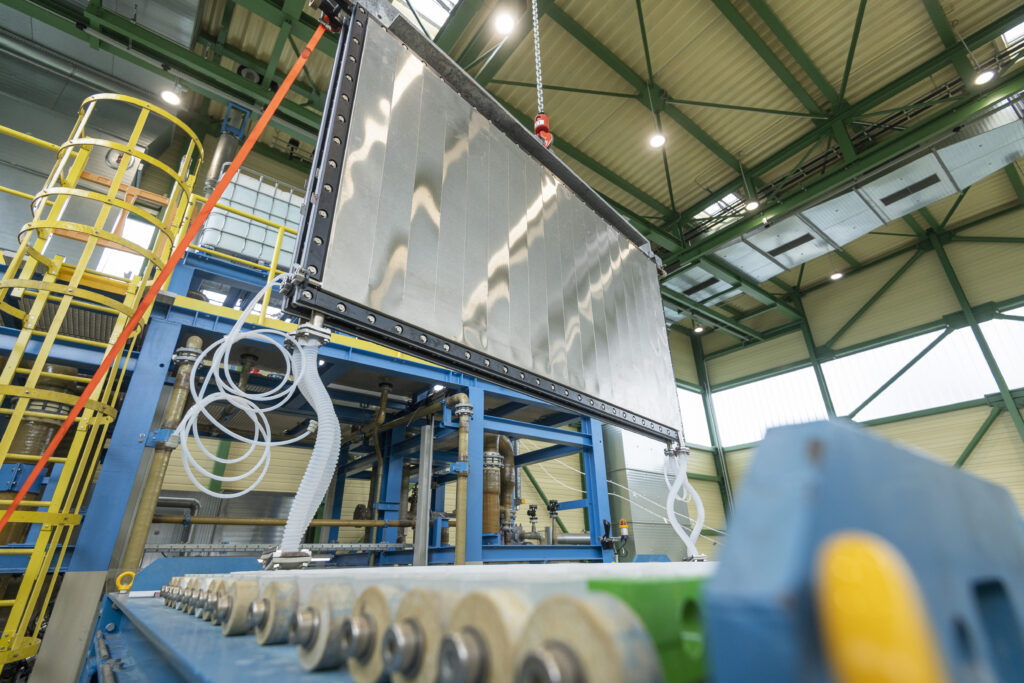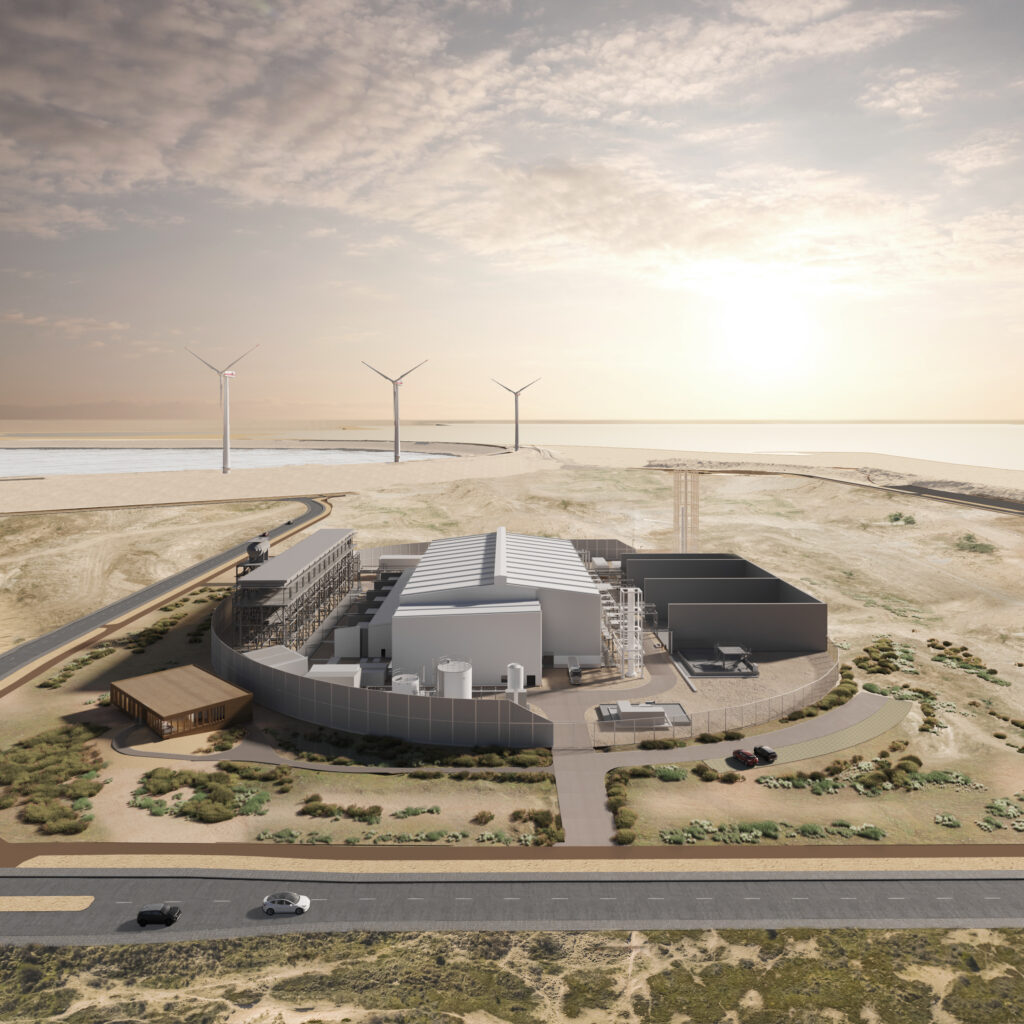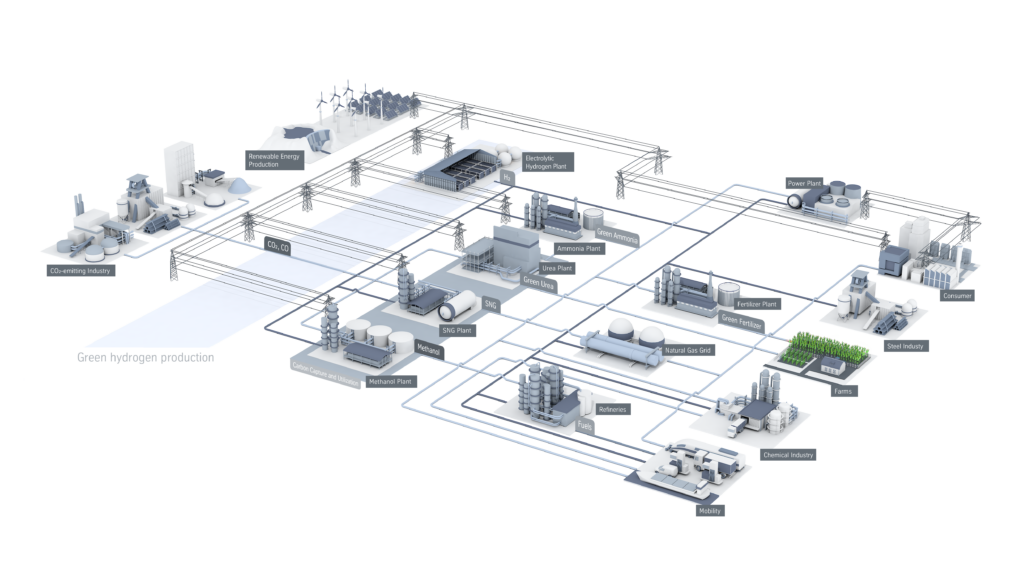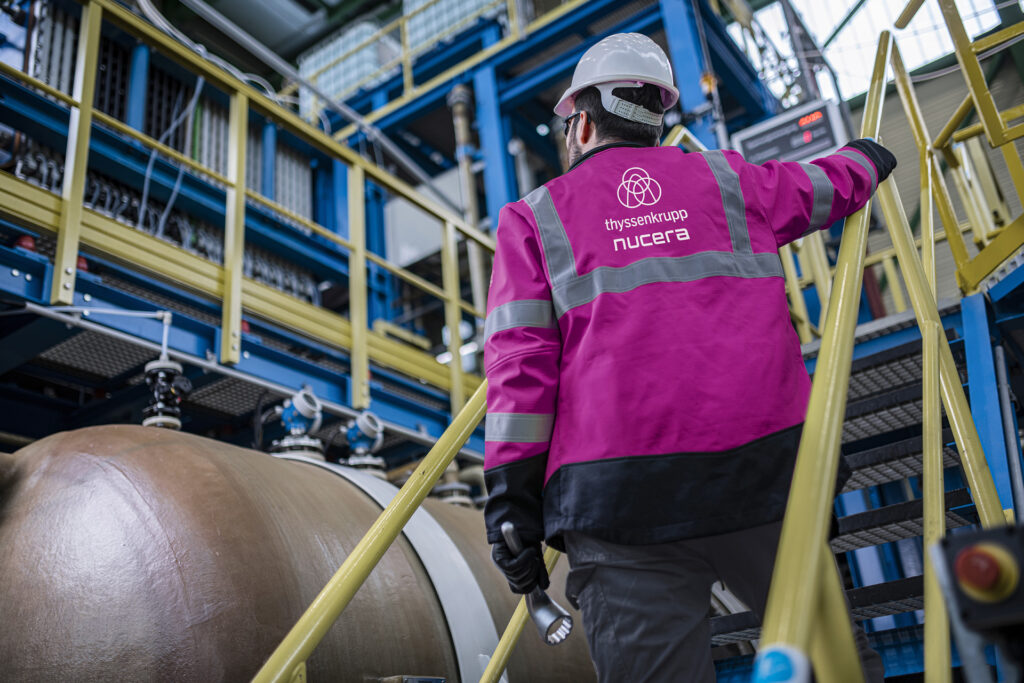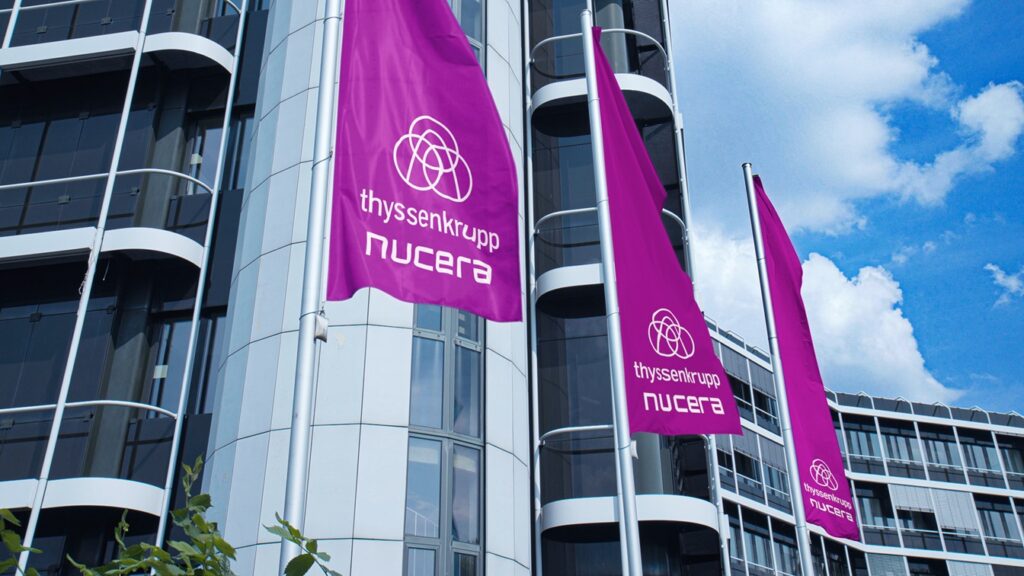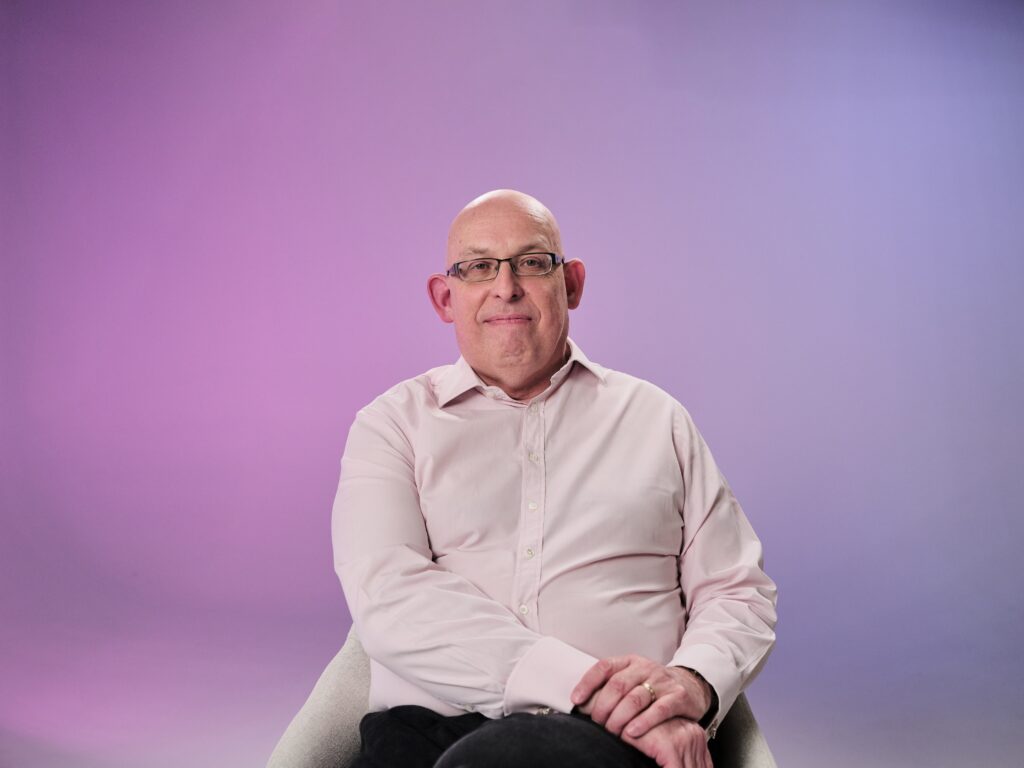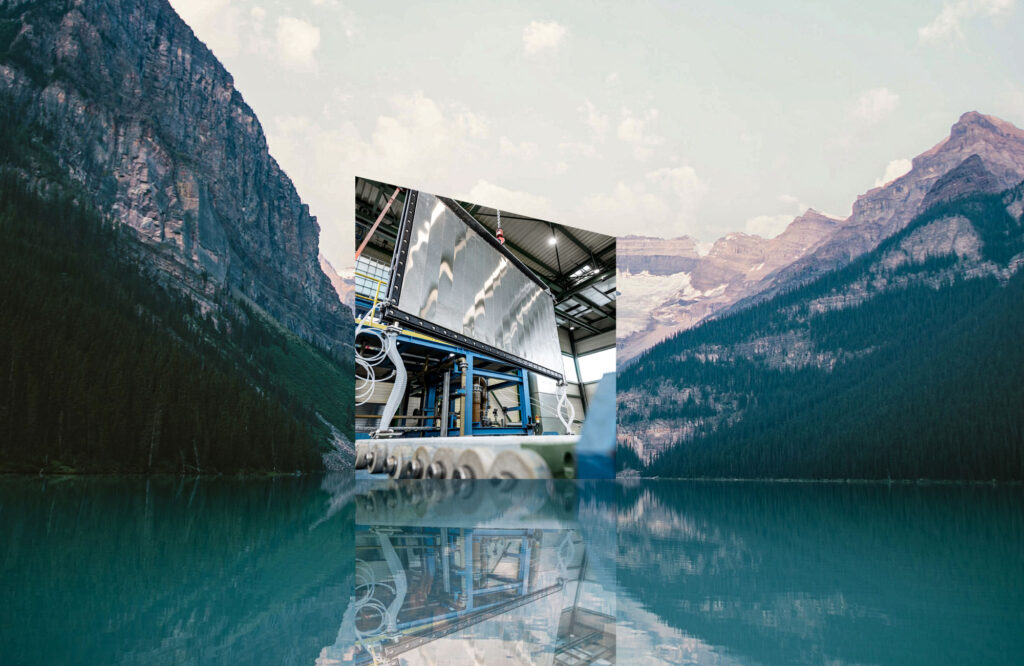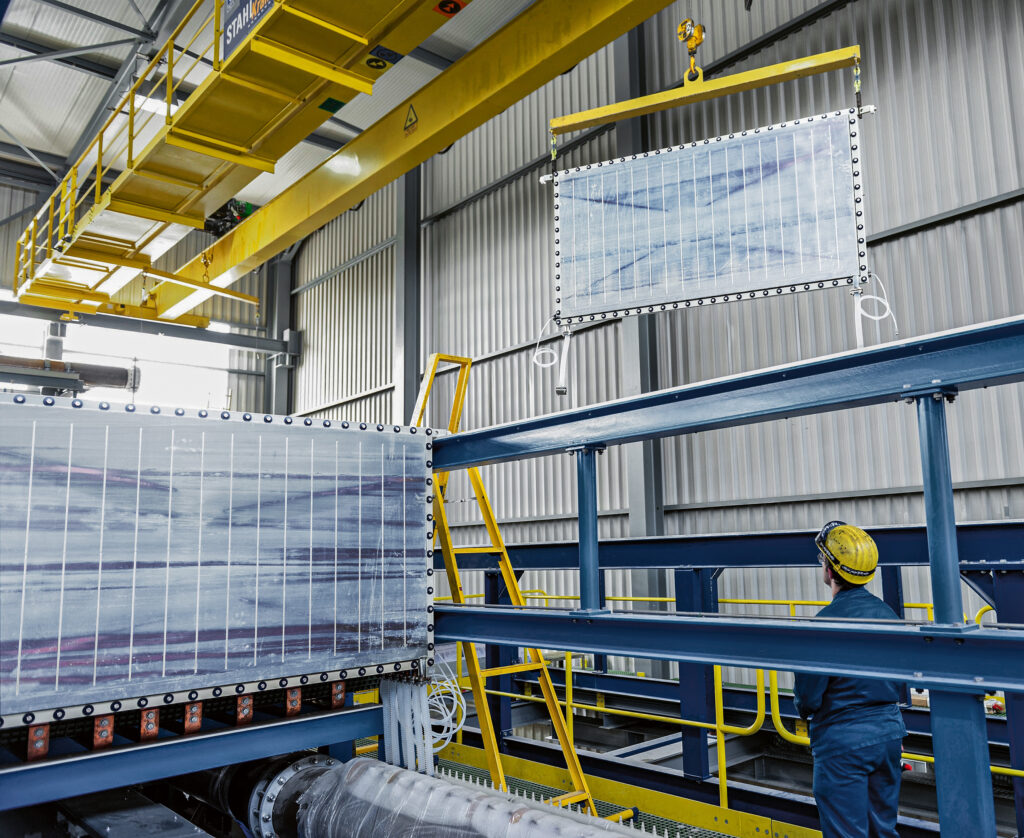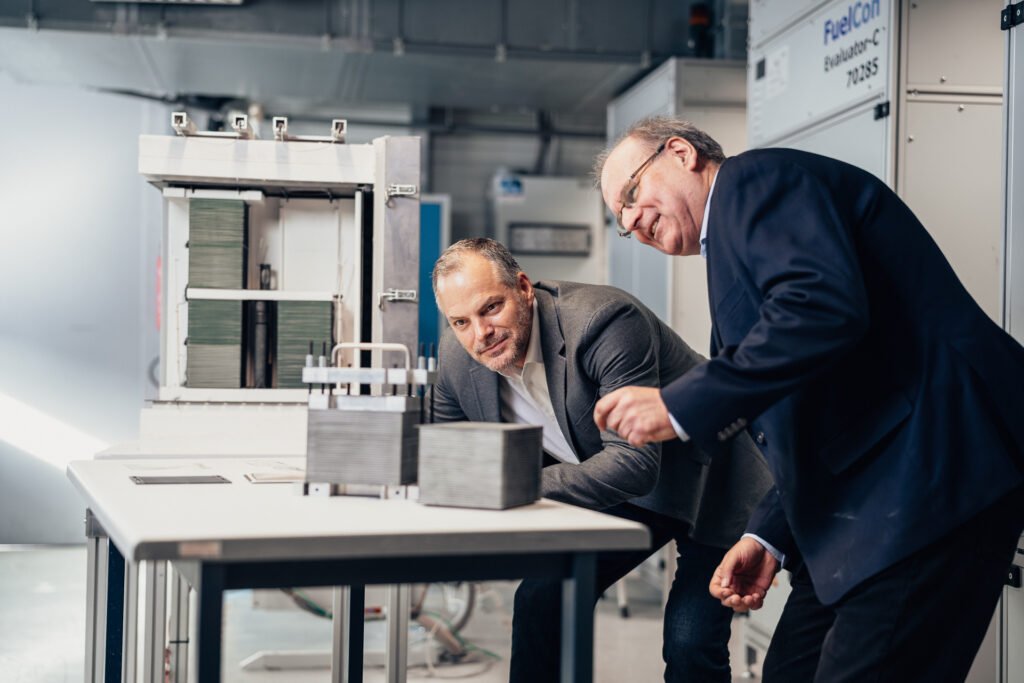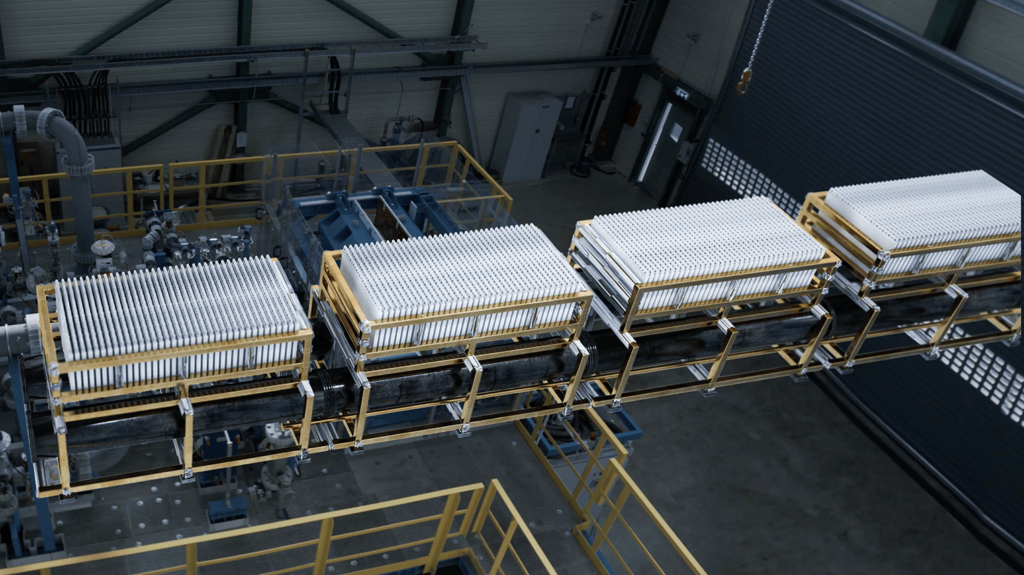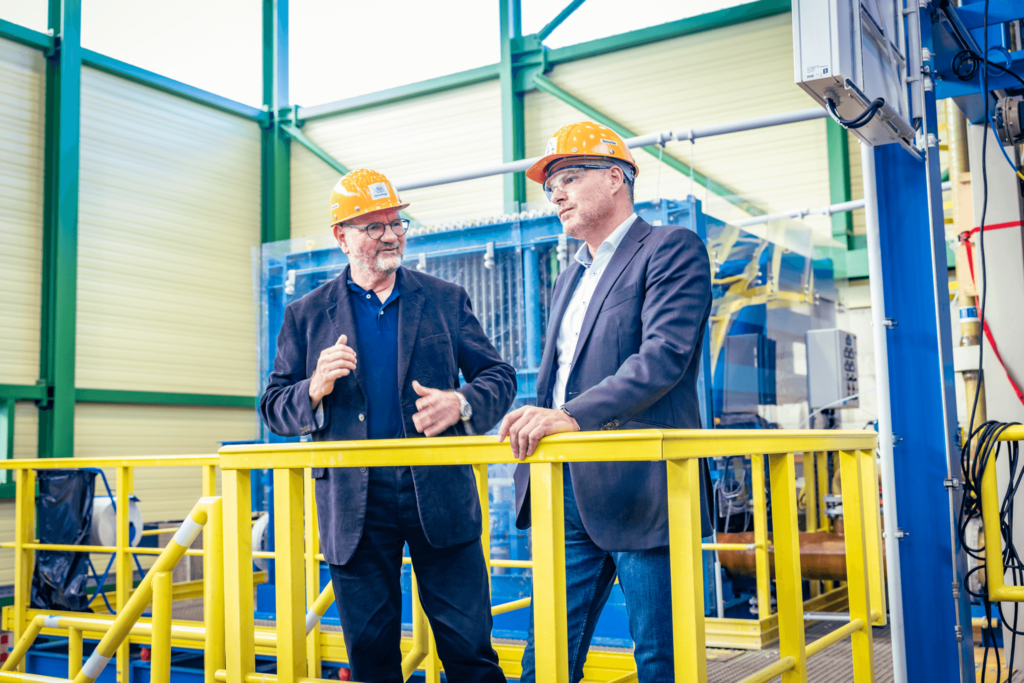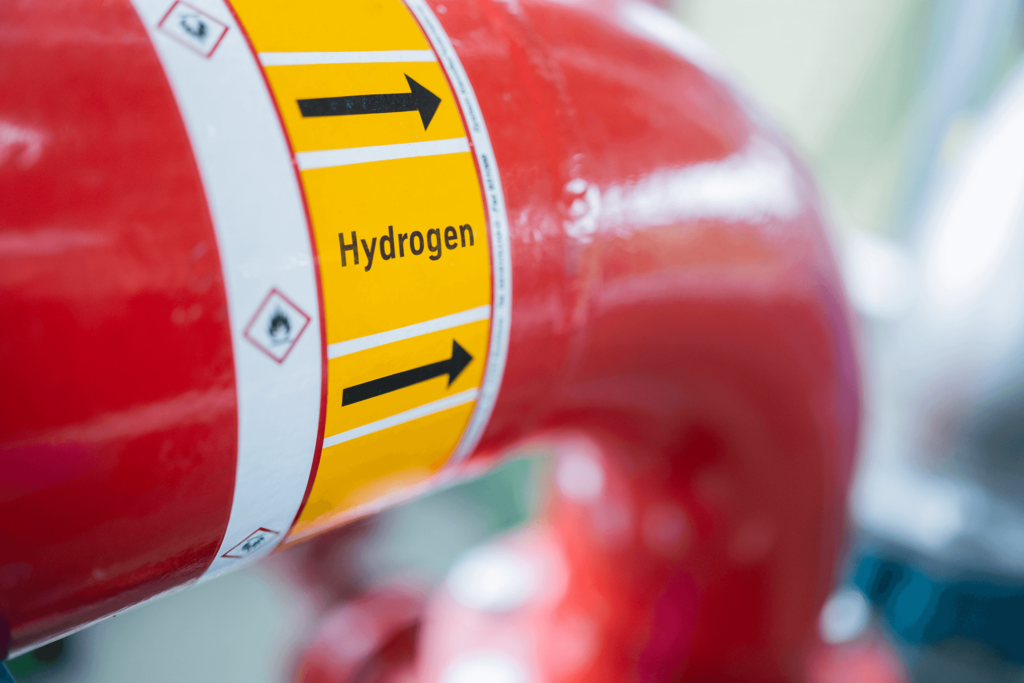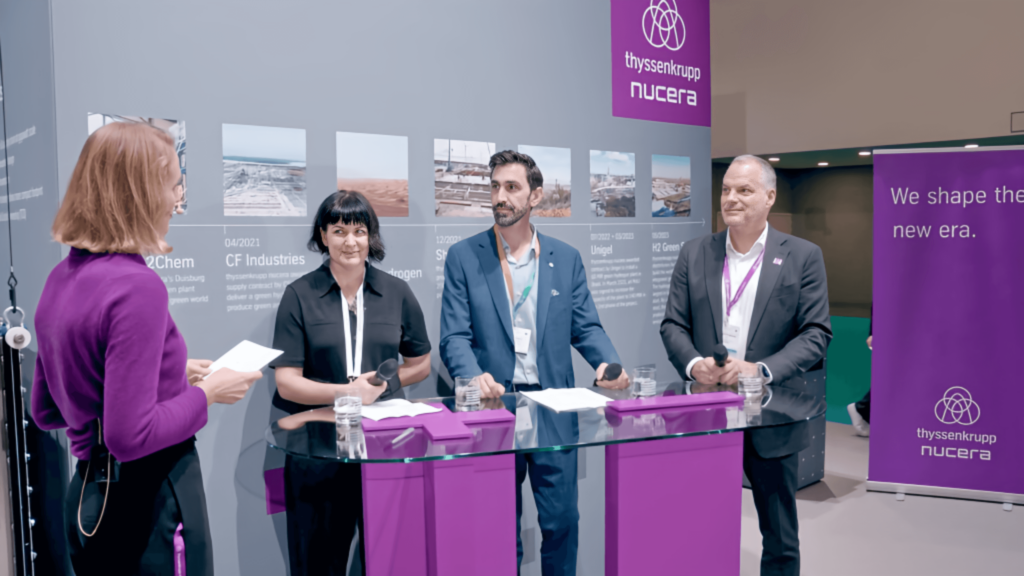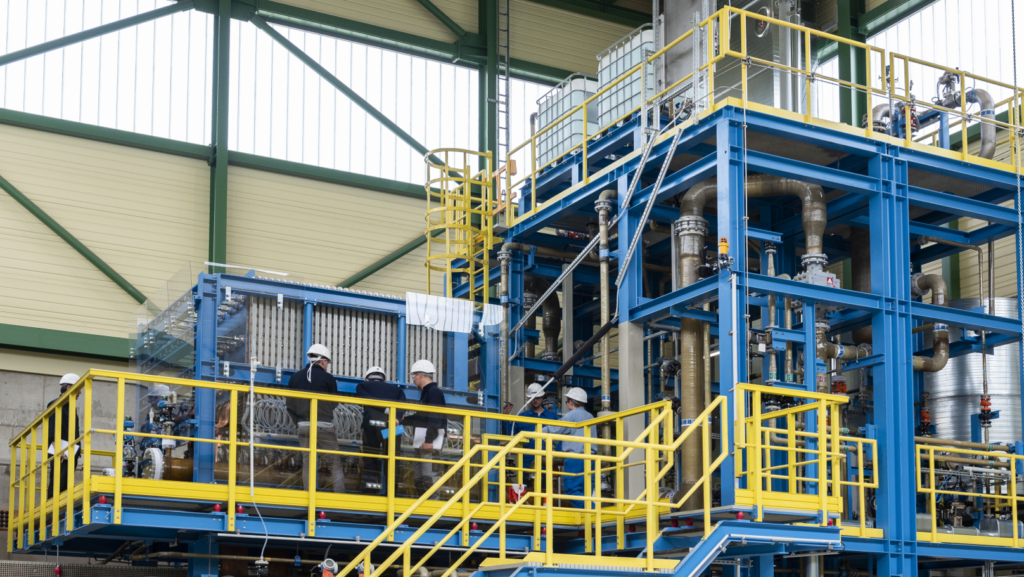The European Hydrogen Bank’s inaugural competitive bidding process allocated nearly 720 million euros to seven renewable hydrogen projects across four European nations: Finland, Spain, Portugal, and Norway. These projects will receive subsidies for the production of green hydrogen over ten years of operation in the form of a “premium” per kilogram of hydrogen produced. In total, the selected projects plan to install 1.5 GW of electrolyzer capacity, producing 1.58 million tons of green hydrogen in this period and thus avoiding more than 10 million tons of Co2 emissions. The winning bids submitted request a premium of 0.37-0.48 EUR per kilogram of renewable hydrogen produced. Despite being relatively low, these projects still receive substantial subsidies, amounting to 245 million euros. This clearly indicates that off-takers are willing to invest in a sustainable green product and are prepared to pay a premium over gray products, which is great feedback from the market.
Project acronym | Project Coordinator | Project location | Bid price (EUR/kg) | Bid volume (kt H2/10years) | Bid capacity (MWe) | Expected GHG abatement (ktCO,/10years) * | Total requested funding (EUR) ** |
|---|---|---|---|---|---|---|---|
Ø 0.44 € | Σ 1580 kt_H2 | Σ 1502 MWe | Σ 10 808 kt_CO2 | Σ 719,127,056 € | |||
eNRG Lahti | Nordic Ren-Gas Oy | Finland | 0.37 | 122 | 90 | 836 | € 45,228,375 |
El Alamillo H2 | Benbros Energy
S.L. | Spain | 0.38 | 65 | 60 | 443 | € 24,605,819 |
Grey2Green-II | Petrogal S.A. | Portugal | 0.39 | 216 | 200 | 1477 | € 84,227,910 |
HYSENCIA | Angus | Spain | 0.48 | 17 | 35 | 115 | € 8,104,918 |
SKIGA | Skiga | Norway | 0.48 | 169 | 117 | 1159 | € 81,317,443 |
Catalina | Renato Ptx Holdco | Spain | 0.48 | 480 | 500 | 3284 | € 230,463,819 |
MP2X | Madoquapower 2x | Portugal | 0.48 | 511 | 500 | 3494 | € 245,178,772 |
*Calculated vs. the 2021-2025 ETS benchmark of 6.84 t_CO2e/t_H2. Not taking into account additional carbon abatement due substitution effects in the H end use application (i.e. conservative estimate).
*Remaining budget will accrue back to the Innovation Fund.
Source: European Commission
Out of 132 submitted bids, boasting over 8 million tons of intended hydrogen production capacity and 8.35 GW of electrolyzer capacity, the two winning projects, each at 500 MW, stood out as the largest submitted. This is an encouraging sign for the execution of more large-scale electrolysis projects within Europe. “If regions like the EU, the U.S., and others want to be global hydrogen leaders, they need to establish large-scale projects for green hydrogen production.” says Dr. Christoph Noeres, Head of Green Hydrogen at thyssenkrupp nucera. “Only projects at scale allow for cost-effective production of green hydrogen, only large-scale projects can fill pipelines or decarbonize steel plants. That is why it is so important that the first round of the hydrogen bank domestic leg auctions includes projects in the 500 MW range.”
How can Europe stay competitive in the energy transition?
All submitted projects were required to include a Letter of Intent (LOI) with at least one electrolyzer manufacturer. According to data from the EU Commission, the majority of projects plan to source electrolyzers within Europe, predominantly from Germany, which accounts for 24 LOIs. China follows closely, with at least 20 projects intending to procure electrolyzers from Chinese manufacturers. This highlights the global nature of the electrolyzer market and prompts a careful assessment of whether European funding truly benefits European companies, and by extension, European society as intended.
Global competition is beneficial, and companies like thyssenkrupp nucera® are thriving with projects in the US, Brazil, and Saudi Arabia. However, within the European Hydrogen Bank auction, it is crucial to remember that European tax funds are being utilized, and these should primarily support European companies. Many other regions have similar support programs. For Europe to remain competitive and sustain its leadership in green hydrogen, it is vital to launch significant projects within the continent.
The hydrogen bank’s plan to offer up to €4.50 per kilogram of green hydrogen as a premium to producers is a positive step towards aligning with incentive schemes like the IRA. Additionally, the EU’s decision to exclusively fund green hydrogen, unlike the US, which also supports blue and pink hydrogen, is a commendable direction.
More work needs to be done
However, the total funding of 720 million Euros awarded in the first auction falls short of meeting market needs. The EU Commission itself estimates the investment needs to be between 335 and 471 billion euros in the hydrogen economy by 2030. As hydrogen projects are still risky and future market designs unclear, a substantial part will need to be triggered with EU funds – at least for the time being.
“EU policy and national governments must respond effectively to recent developments in the USA, such as the Inflation Reduction Act (IRA), as well as emerging news from Australia, Japan, and China, to remain competitive. This includes adjusting existing funding mechanisms and signaling to the industry to accelerate projects and reduce lead times. How can this be achieved? Primarily through expedited permitting processes: European governments and their authorities need to enhance their organizations and digitalize their processes to meet the new demands for infrastructure project realization,” explains Dr. Christoph Noeres. “The European Commission should ensure that additional funding is swiftly available after the initial auction to stay ahead in competitive markets. Further rounds of hydrogen bank auctions, both domestically and internationally, are a clear step in the right direction.”
